Why do my feet hurt in work boots?
Work boots are an essential piece of gear for anyone who works in an environment that requires protection for their feet. Whether you are a construction worker, a landscaper, a factory worker, or any other profession that involves physical labor, having the right pair of work boots can make a huge difference in your comfort, safety, and overall job performance. One of the most important factors to consider when choosing work boots is the fit. Work boots should have a snug fit, but not be too tight. They should provide enough room for your toes to move comfortably and allow for proper circulation. In this article, we will discuss why it is important to have properly fitting work boots and how to ensure that you are getting the right fit for your feet.
The Importance of a Proper Fit
Having work boots that fit properly is crucial for a number of reasons. Firstly, wearing work boots that are too tight can cause discomfort and pain, leading to potential foot problems in the long run. Boots that are too tight can rub against your feet, causing blisters and irritation. They can also restrict blood flow, leading to numbness and tingling in your toes. On the other hand, boots that are too loose can lead to instability and potential injuries. If your boots are too loose, your feet can slide around inside them, increasing the risk of tripping, twisting an ankle, or falling.
Properly fitting work boots are also important for your overall comfort and job performance. When your feet are comfortable and properly supported, you are able to work more efficiently and effectively. You are less likely to be distracted by discomfort or pain, allowing you to focus on the task at hand. Additionally, wearing work boots that fit properly can help prevent fatigue and reduce the risk of developing foot problems such as plantar fasciitis or bunions.
How to Ensure a Proper Fit
When shopping for work boots, it is important to take the time to try on several different pairs and walk around in them to ensure they fit properly. Here are some tips for finding the right fit:
1. Measure your feet: Before trying on work boots, it is a good idea to have your feet measured to determine your correct size. Keep in mind that your feet can change size over time, so it is important to measure both feet and choose the larger size if there is a difference.
2. Try on boots at the end of the day: Your feet tend to swell throughout the day, so it is best to try on work boots in the afternoon or evening when your feet are at their largest. This will help ensure that you get a more accurate fit.
3. Wear the right socks: When trying on work boots, be sure to wear the socks that you will be wearing while working. This will help you determine if the boots have enough room for your feet and provide a comfortable fit.
4. Check the fit: When trying on work boots, pay attention to how they feel on your feet. They should feel snug but not tight, with enough room for your toes to move comfortably. Make sure that there is no rubbing or pressure points, as this can lead to discomfort and blisters.
5. Walk around in them: Once you have found a pair of work boots that you like, take the time to walk around in them for a few minutes. Pay attention to how they feel as you move and make sure that they provide enough support and stability.
6. Consider the type of work you will be doing: When choosing work boots, it is important to consider the type of work you will be doing and the specific hazards that you may encounter. For example, if you work in a wet or slippery environment, you may want to choose work boots with slip-resistant soles for added safety.
In conclusion, having work boots that fit properly is essential for your comfort, safety, and overall job performance. Boots that are too tight can cause discomfort, blisters, and foot pain, while boots that are too loose can lead to instability and potential injuries. It is important to take the time to try on work boots and walk around in them to ensure they fit properly before making a purchase. By following these tips and choosing the right fit for your feet, you can ensure that your work boots provide the support and protection you need to stay safe and comfortable on the job.
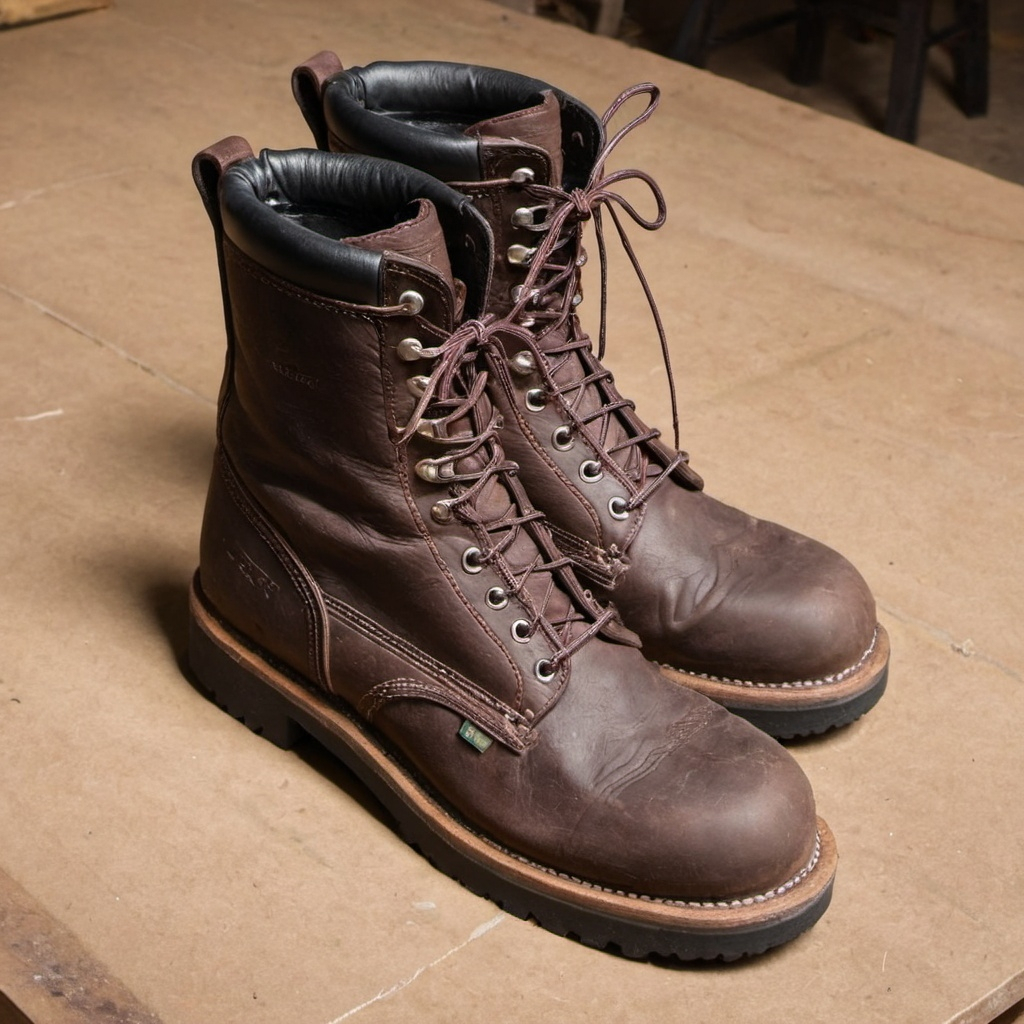

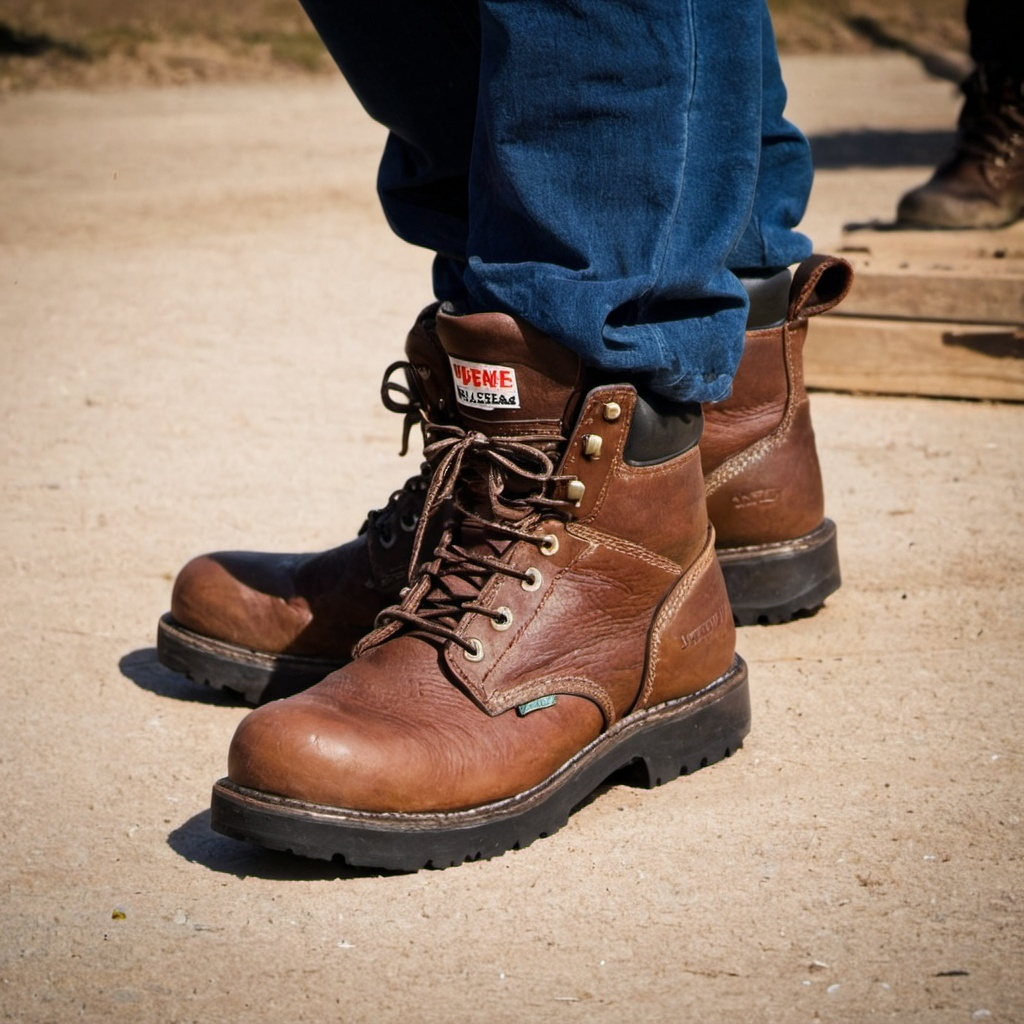
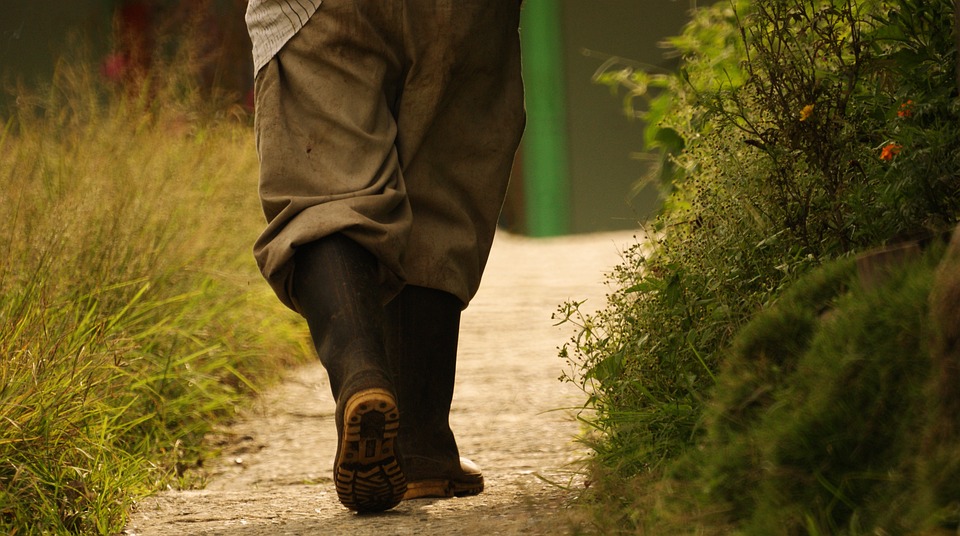


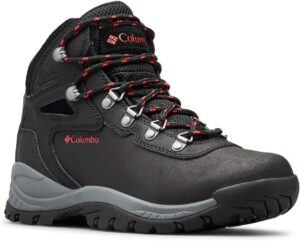

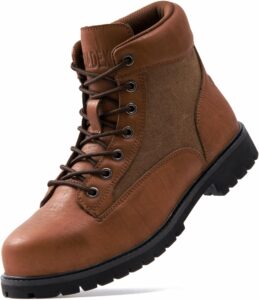
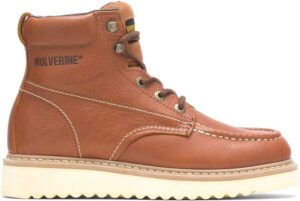
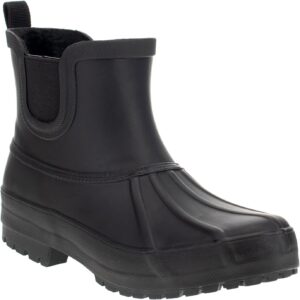
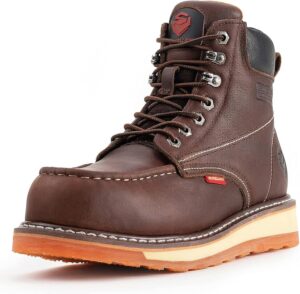
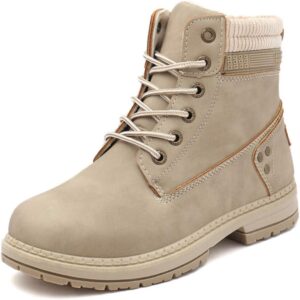
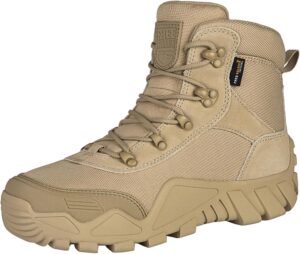
Post Comment